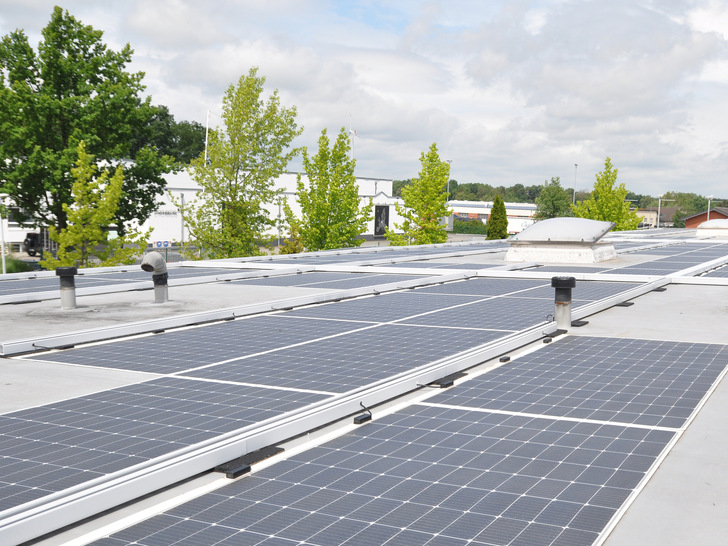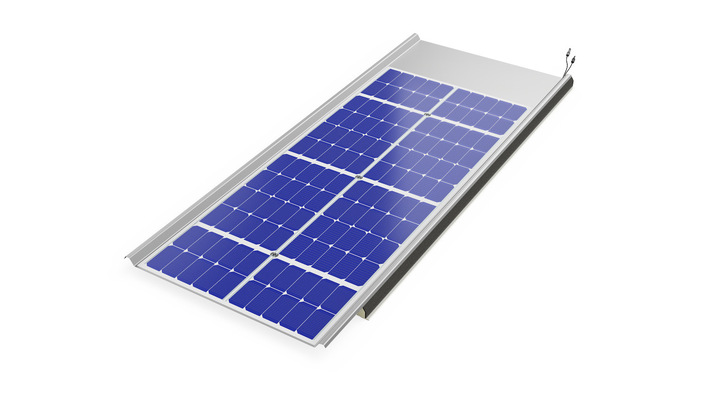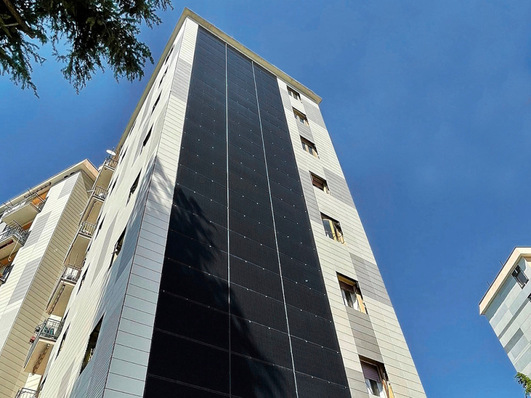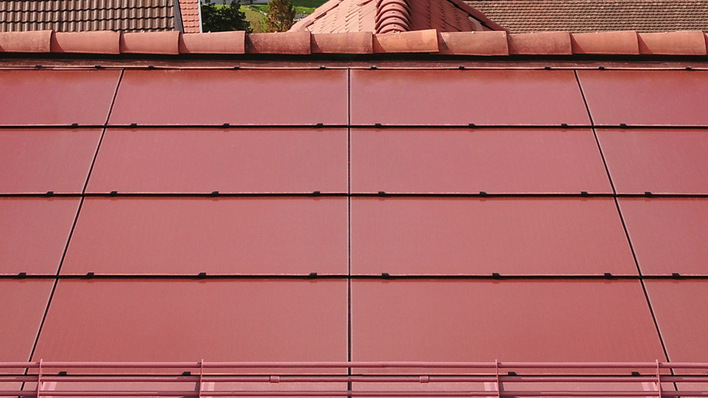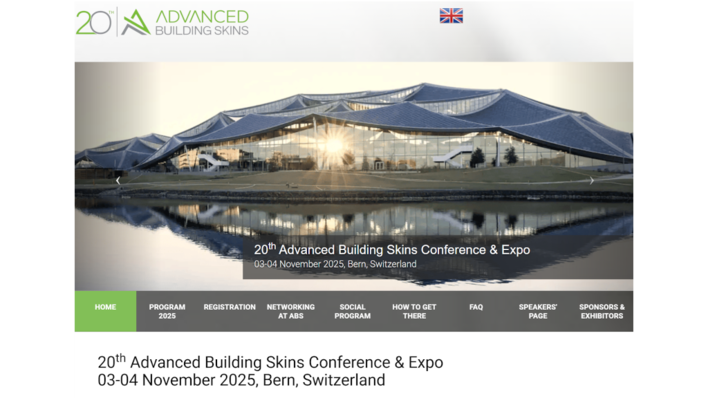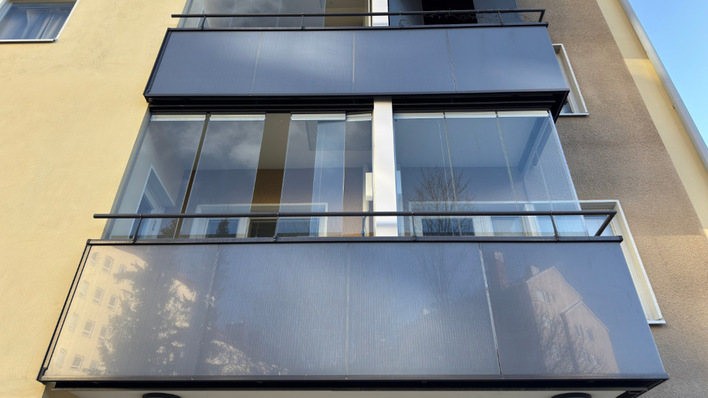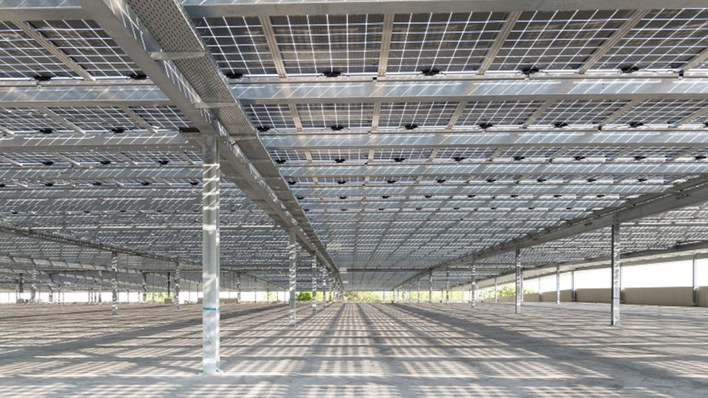What do you do if the flat roof of your fitness studio does not have enough roof load to support a photovoltaic system with glass modules? FFS owner Sebastian Berner asked himself this question. Through an internet search, he landed at the company Osnatech. Together with JR Projektentwicklung, a lightweight solution was implemented on the roof. The result: For a few weeks now, the FFS Sport and Wellness Park in Wallenhorst in the far west of Germany has been generating more than half of its energy itself.
Solution for trapezoidal sheet metal roofs, round facades and balconies
About 40 per cent of the commercially used buildings in Germany are not suitable for modules made of glass, because the limitation of the roof load is not sufficient to support a necessary substructure. The ultra-light, flexible solar modules change that. They are suitable for use on uneven trapezoidal sheets, roofs with limited roof loads or even round facades and balconies.
Also interesting: Glass facades that generate solar power
A total of 230 of Sunman's two-millimetre-thin, flexible eArc solar modules deliver 430 watts of solar power each. In combination with the 22-kilowatt hour battery storage system, Berner expects to be able to cover up to 60 per cent of its energy needs with the solar power system, according to current calculations. Calculated over a year, that is about 80,000 kilowatt hours of self-produced electricity for lights, treadmills, ergotrainers and the sauna in the fitness studio's garden. The PV system on the foil roof has a total output of 99 kilowatts.
Sunman: Modules made of glass fibre and ETFE
Like glass modules, the ultra-light PV modules are based on silicon solar cells. These are encapsulated with a material made of conventional glass fibre and the plastic ETFE. The result is not only transparent and UV-resistant, but also uniquely flexible, impact-resistant and light. The modules weigh only about a third as much as those made of glass. "A special surface structure also optimises the light yield," explains Osnatech Managing Director Matthias Mittelviefhaus. This ensures that the modules, which are bonded flat to the roof, can make optimal use of the sun's incident rays. (nhp/mfo)
See also: Lin Huang of Sunman Power: New lightweights for commercial roofs


